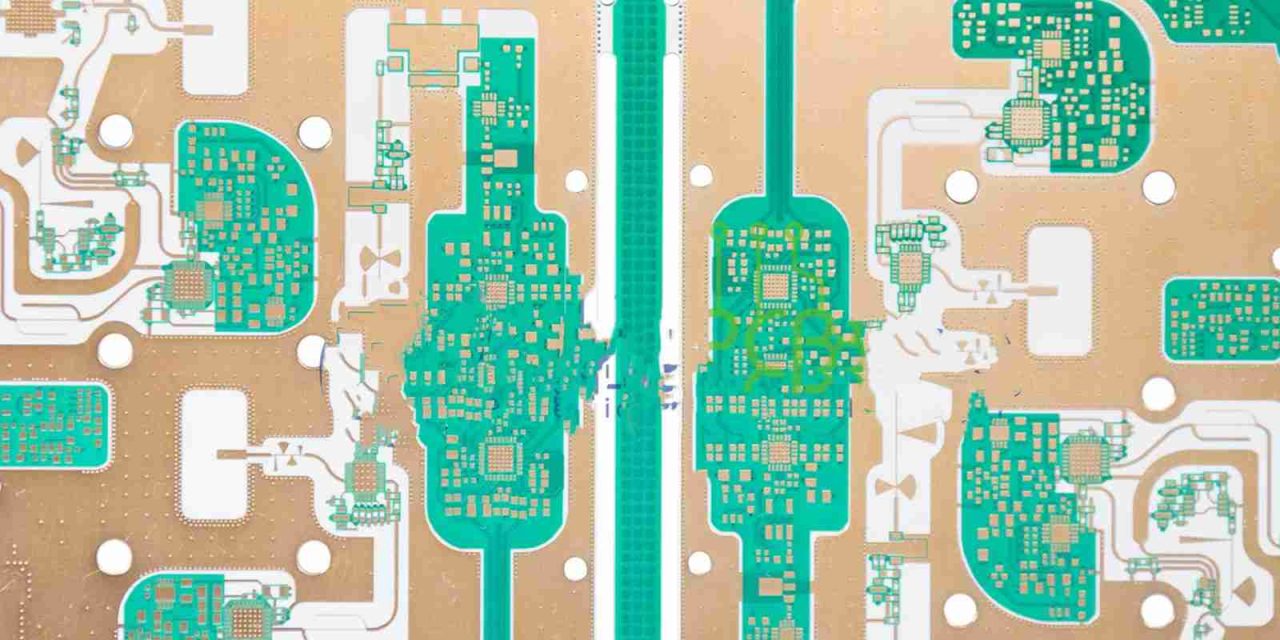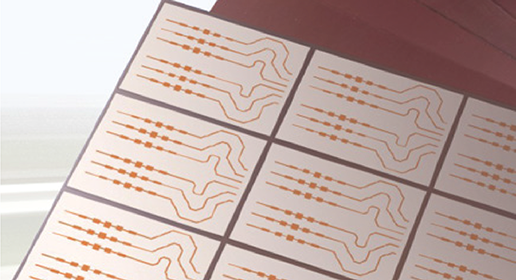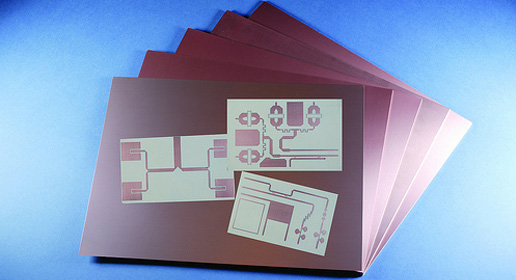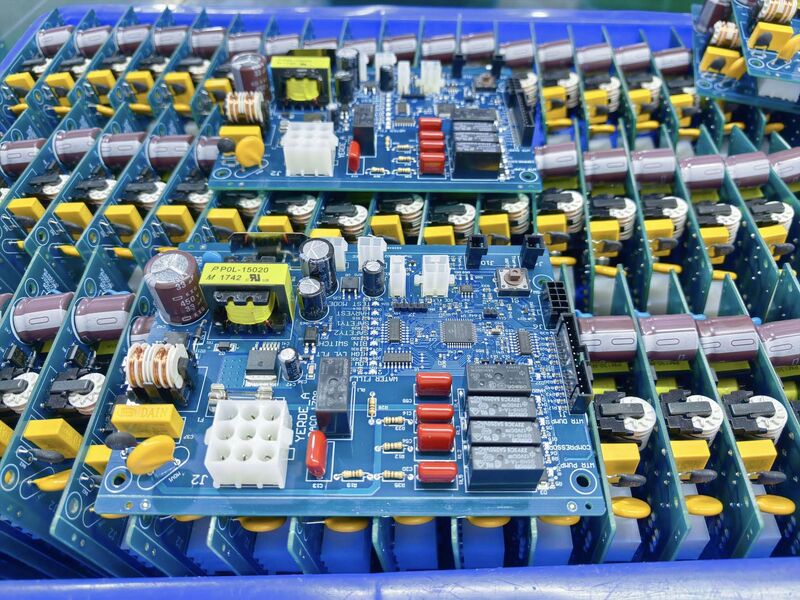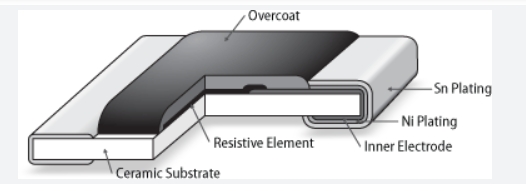1. What Is SMT Assembly? Surface Mount Technology (SMT) is one of the most widely used methods in modern PCB assembly. Unlike through-hole assembly, where component leads are inserted into drilled holes, SMT components are directly mounted onto the surface of a bare printed circuit board (PCB). This method simplifies the PCB manufacturing process, reduces...
Blog
Explore the KKPCB Blog for the latest PCB manufacturing and assembly news, industry insights, expert tips, and technology trends, helping you stay informed and optimize your electronics projects.
With the rapid development of today’s electronics industry, electronic products are becoming smaller, lighter, and more complex. To meet this demand, engineers have adopted Surface Mount Technology (SMT) — an advanced PCB assembly method that allows components to be mounted directly onto the surface of the printed circuit board. If you’ve ever looked at the...
RO4830 Plus 2-layer PCB with 5mil traces, ENIG finish, and low-loss Rogers 4830 Plus material. Optimized for 76–81 GHz automotive radar sensors, patch antennas, and RF feed networks. Ultra-low Df, stable Dk, excellent CAF resistance, PFAS-free, and IPC-Class-2 quality.
RO4830™ Plus thermoset laminates by Rogers offer stable dielectric constant (~3.03 at 77GHz), low insertion loss (1.5 dB/inch), excellent laser drilling, and CAF resistance. Ideal for 76–81 GHz automotive radar PCB applications with reduced manufacturing costs and reliable performance.
Discover the high-performance Rogers RO4835™ high-frequency laminate, ideal for 77GHz automotive radar, ADAS, and RF circuits. Features low loss, stable dielectric properties, excellent oxidation resistance, and reliable manufacturability for high-frequency PCB applications.
KKPCB provides expert PCB stackup design and multilayer PCB manufacturing. Ensure impedance control, EMI performance, and reliable high-speed circuit performance.
When designing printed circuit boards (PCBs), a well-structured approach and attention to detail are essential to ensure functionality and avoid potential design errors. Here are some key PCB design tips based on practical experience: 1. Pay Attention to Pin Definitions and Package Names in the Schematic Library When creating the schematic library, ensure that each schematic pin corresponds correctly...
PCB design translates electrical schematics into a functional product, and its quality directly impacts production efficiency and product reliability. For beginners, mastering PCB layout can be challenging despite familiarity with design software, and common issues often arise. Here, seasoned engineers from KKPCB share their PCB layout insights to help avoid these pitfalls and inspire best practices. Component Placement...
Thin and Thick Film Resistors are the most common types in the market. They are characterized by a resistive layer on a ceramic base. Although their appearance might be very similar, their properties and manufacturing process are very different. The naming originates form the different layer thicknesses. Thin film has a thickness in the order of 0.1μm...
SMT, the short form of Surface Mount Technology, a type of PCB (Printed Circuit Board) assembly technology, refers to the technology of getting components directly soldered onto the surface of PCB to replace THT (Through-Hole Technology) that has to make use of drilling holes. This article will discuss the essential elements of SMT assembly so that readers are able...



